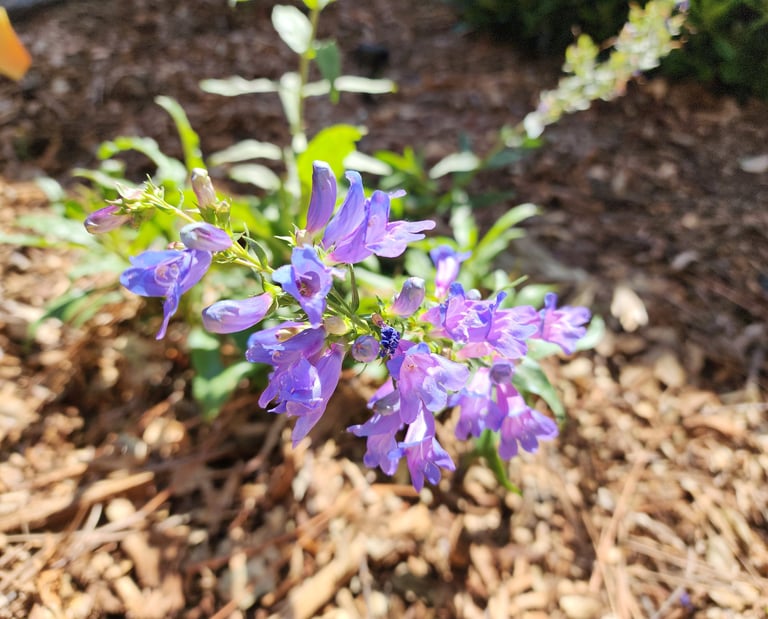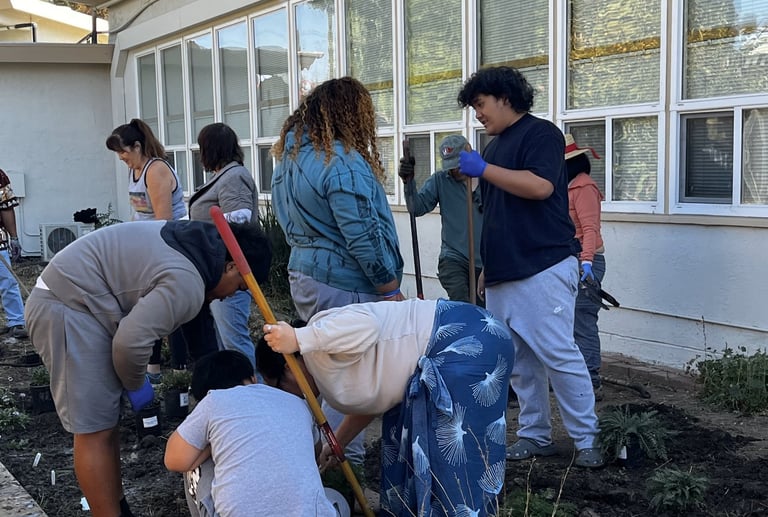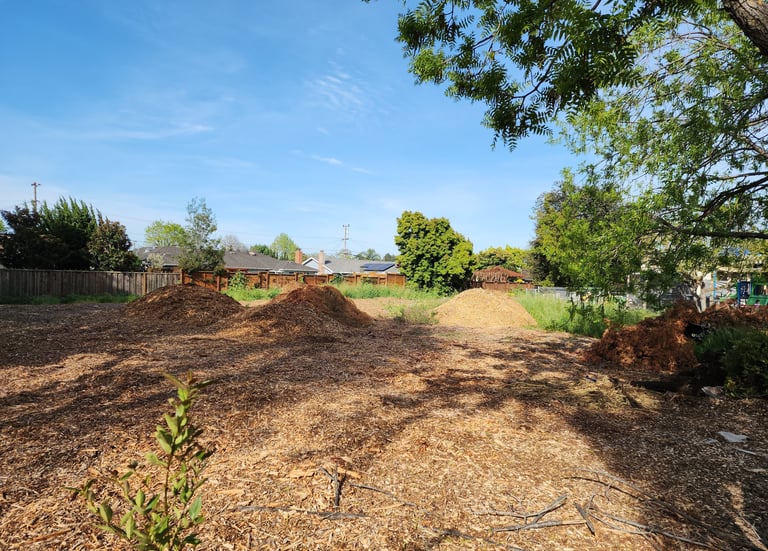Native Plant Garden
To show our love for the earth, to heal the earth we have begun a project of renewing our landscape by planting native and pollinator friendly plants. If we restore native plants on our land, we can reverse biodiversity loss, mitigate climate change, and create a healthier planet.
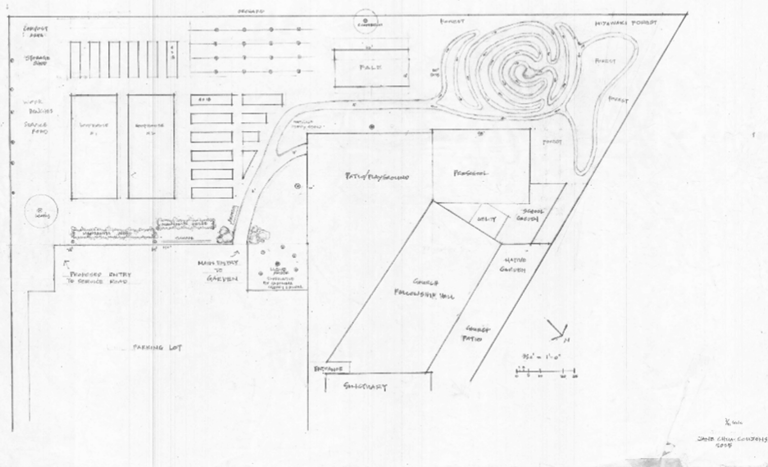

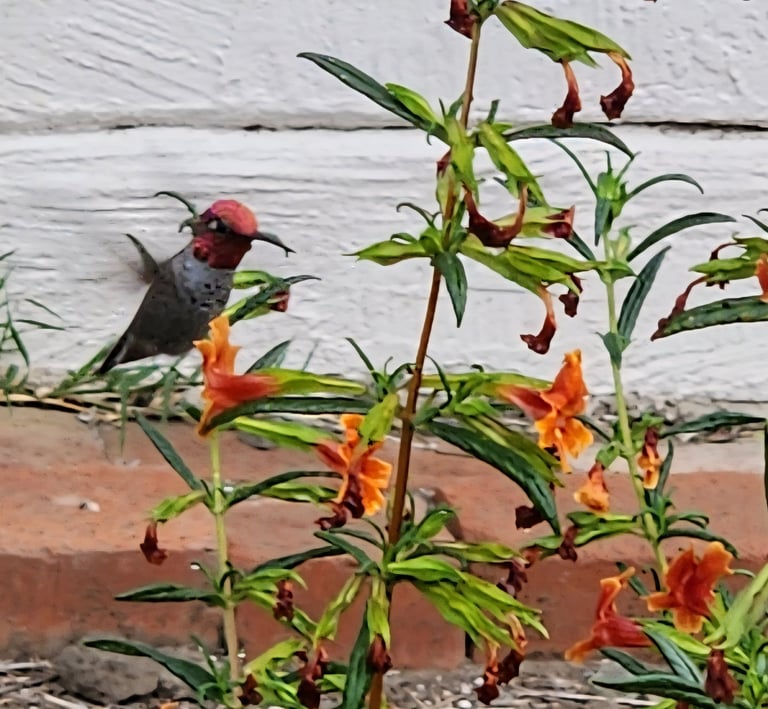

Gallery
Explore our journey of earth mending and renewal.
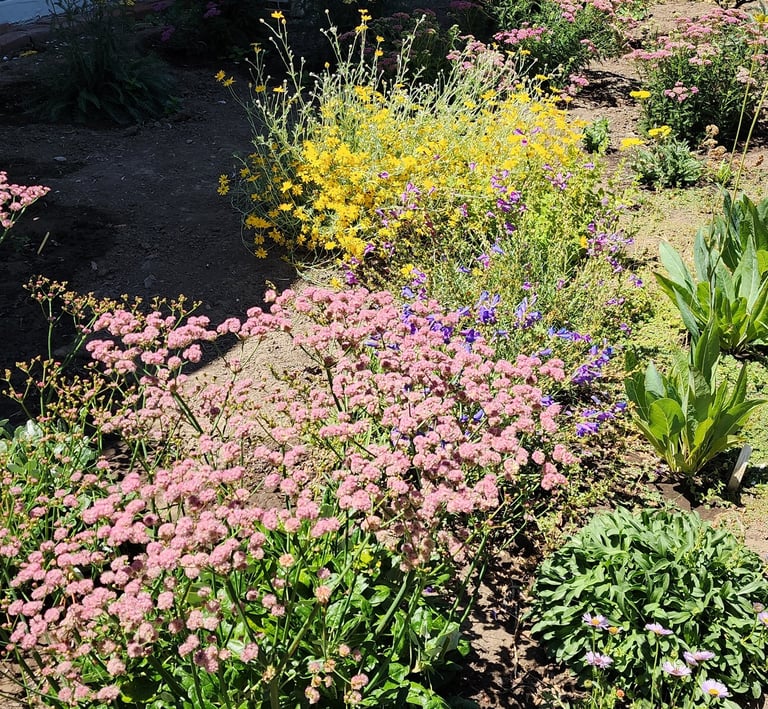

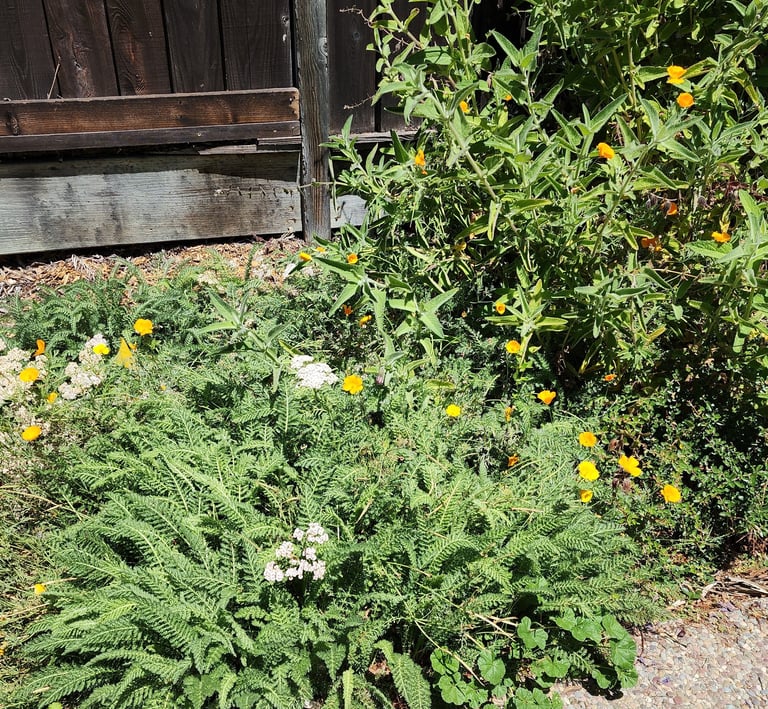

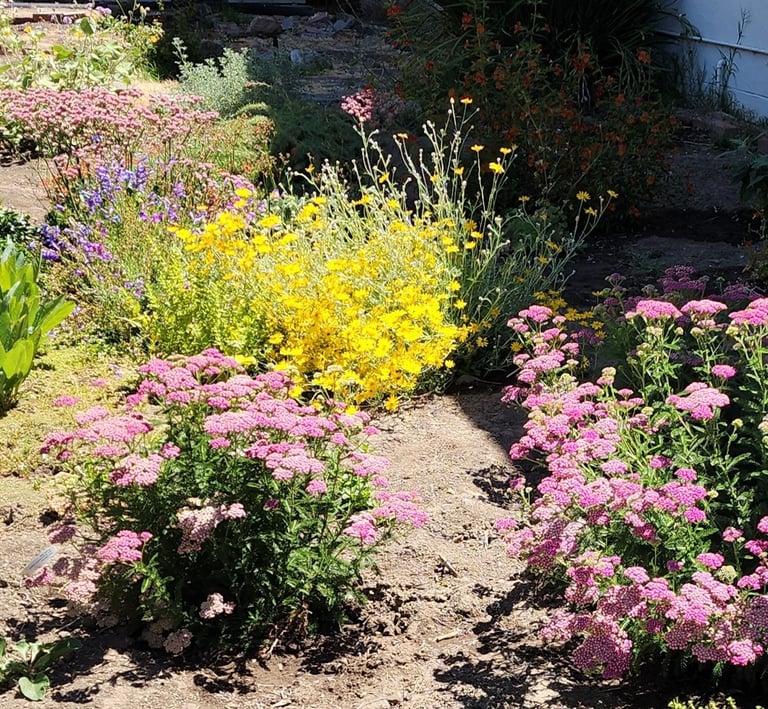

Earth Mending
Doug Tallamy, a professor of entomology and wildlife ecology at the University of Delaware, is one of the leading voices for “rewilding”—the act of restoring nature in the places we live. His vision replaces sterile, ecologically empty landscapes with plants that are native specifically to where you live. These plants provide the best food and shelter for the birds, bees, butterflies, beetles, and frogs we share our neighborhoods with. Down by the Bay Native Plant Nursery learned about the catastrophic decline in native insect, bird, and plant species, how they are all inextricably linked together, and how humans rely on healthy and functioning ecosystems for our own survival. When DBTB searched for nurseries that carried native plants, they found none in Hayward, and in fact, would need to travel about half an hour to find one. To mend the earth and restore our local habitat DBTB with TCEC recognize the need to large quantities of native plants. DBTB and TCEC are wholly invested in making our cities a better, more beautiful place. Tri-city Ecology placed us in touch with Jane Chua-Couzens a landscape designer walked the land with us, and we began to dream of what the empty lot could be.
A. Hoop House – this section of the design is focused on growing native plants, bushes and trees. growing behind.
B. Orchard and Community Garden beds - this section is meant to be a place where we can care for the poor by providing space for community members and church members to grow food on a sliding scale. The produce and fruit that will be offered to the church and food pantry.
C. Fale/ ____________ - this structure is the area of the garden that will reflect our Pacific Peoples Heritage. This a place where community meetings, cultural events, and gatherings take place.
D. Labyrinth – a spiritual practice that is made with a natural path that is designed with native plants as the border of the paths. A labyrinth invites you to connection and prayer.
E. Miyawaki Forest – this section helps us to love the earth and help to mend, health the earth. The Miyawaki method mimics the way a forest would recolonize itself if humans stepped away. Only native species that would occur naturally in that area are planted – it builds a site that’s more responsive to climate change.
